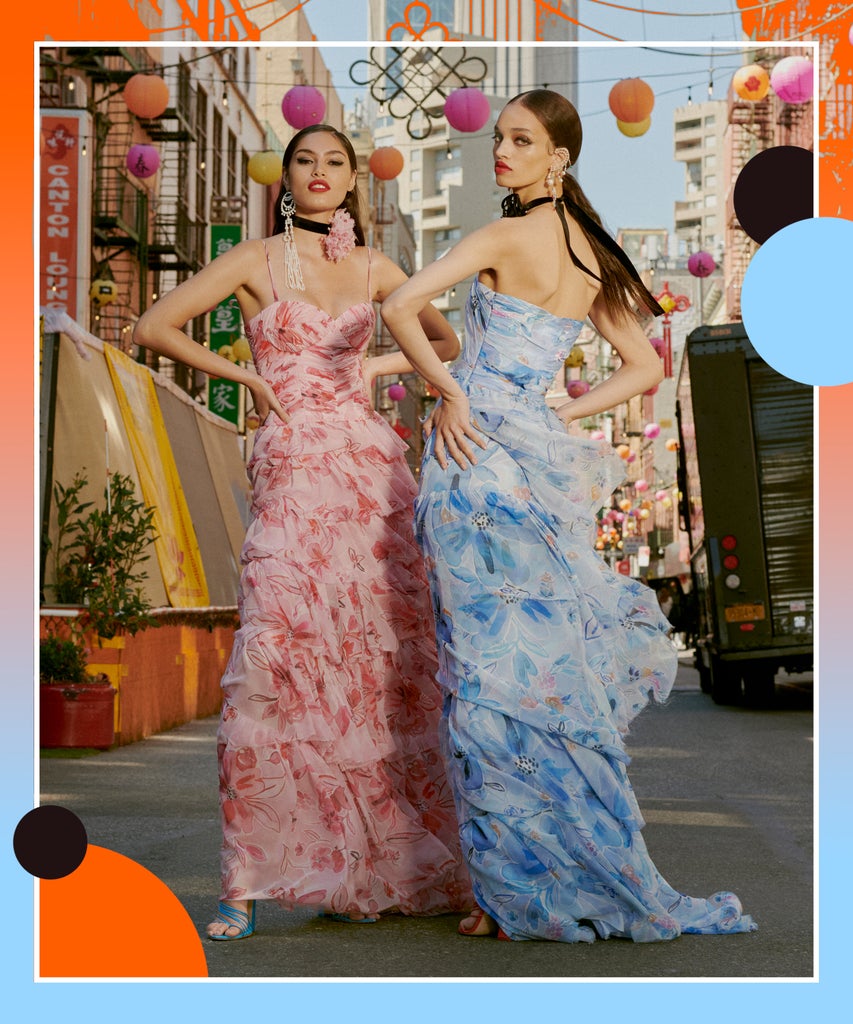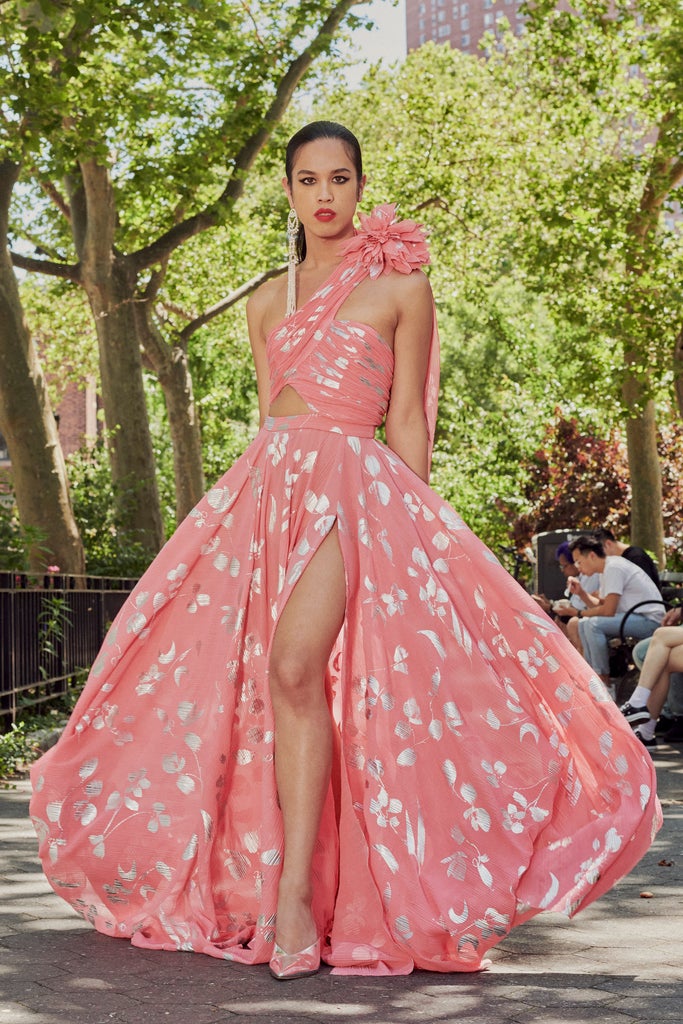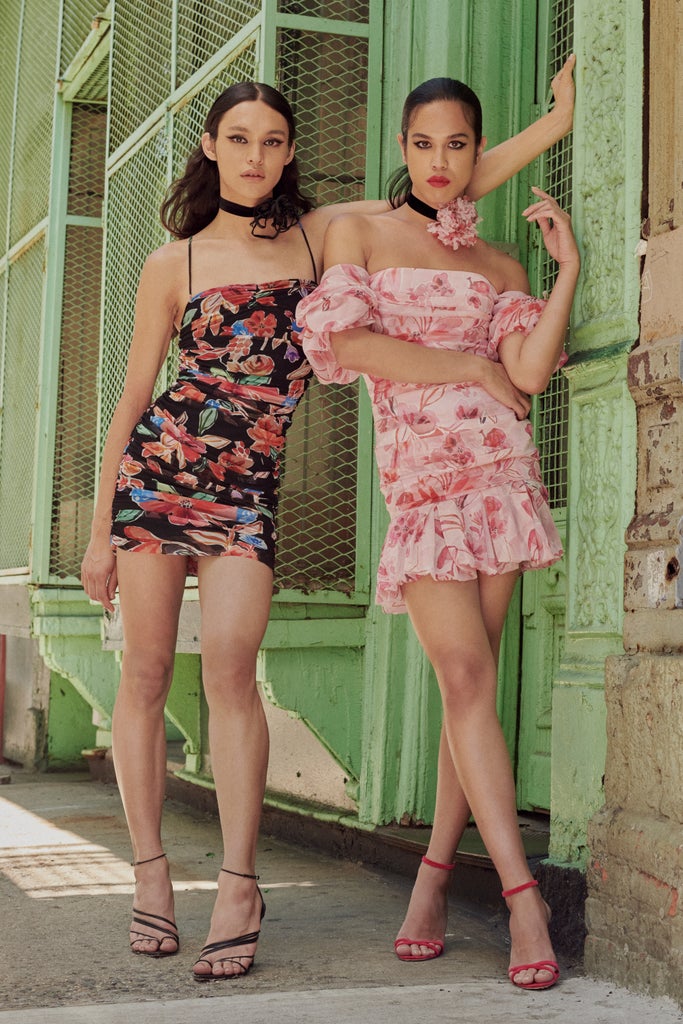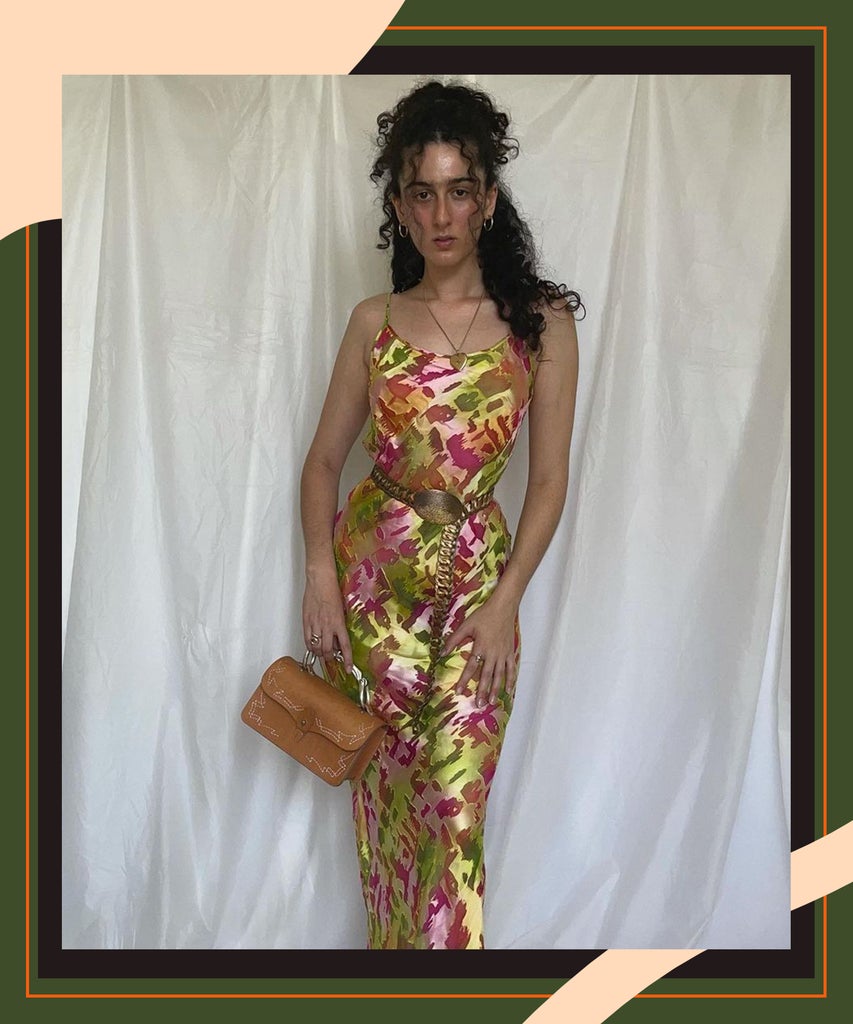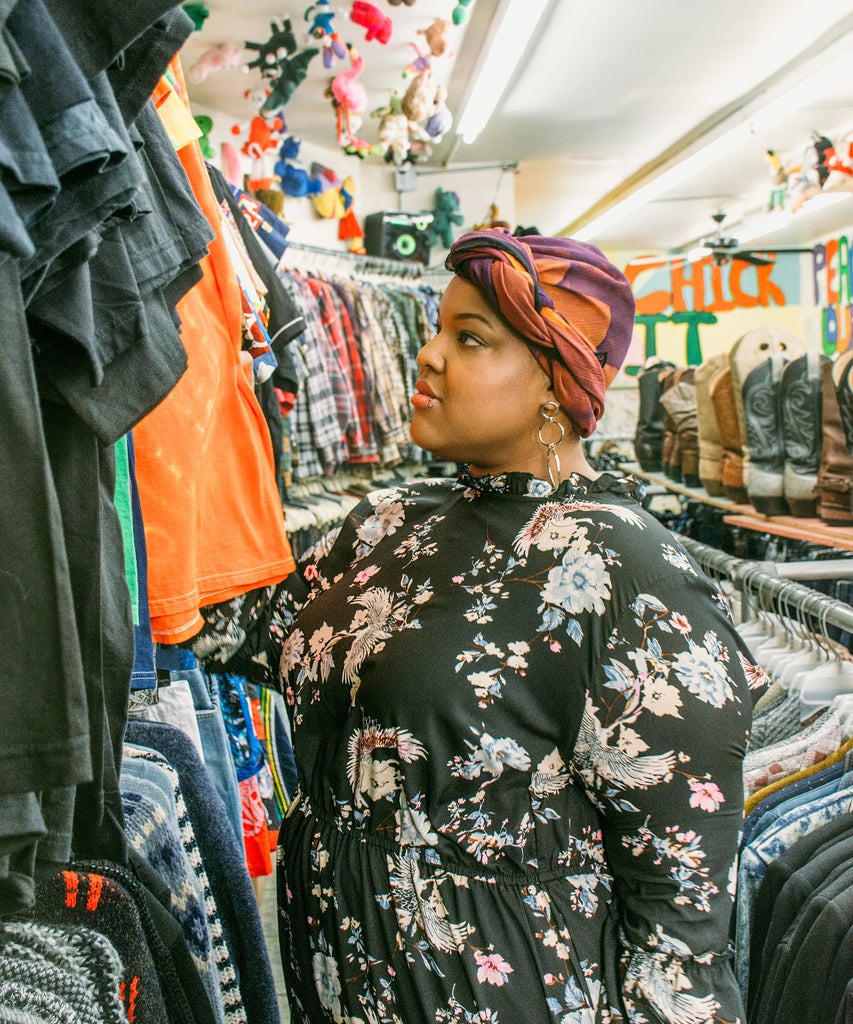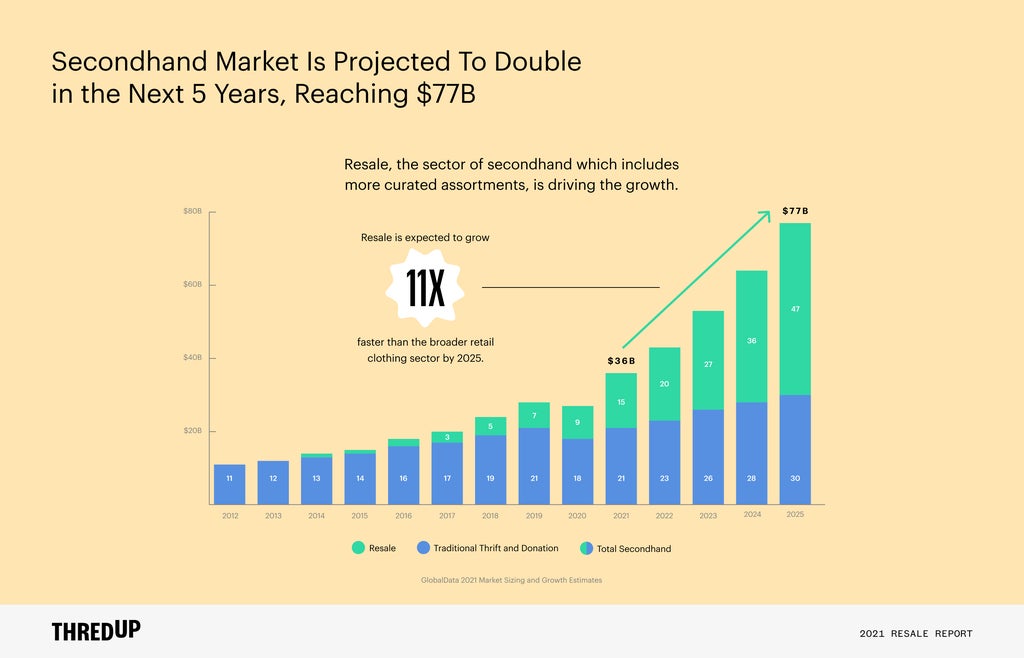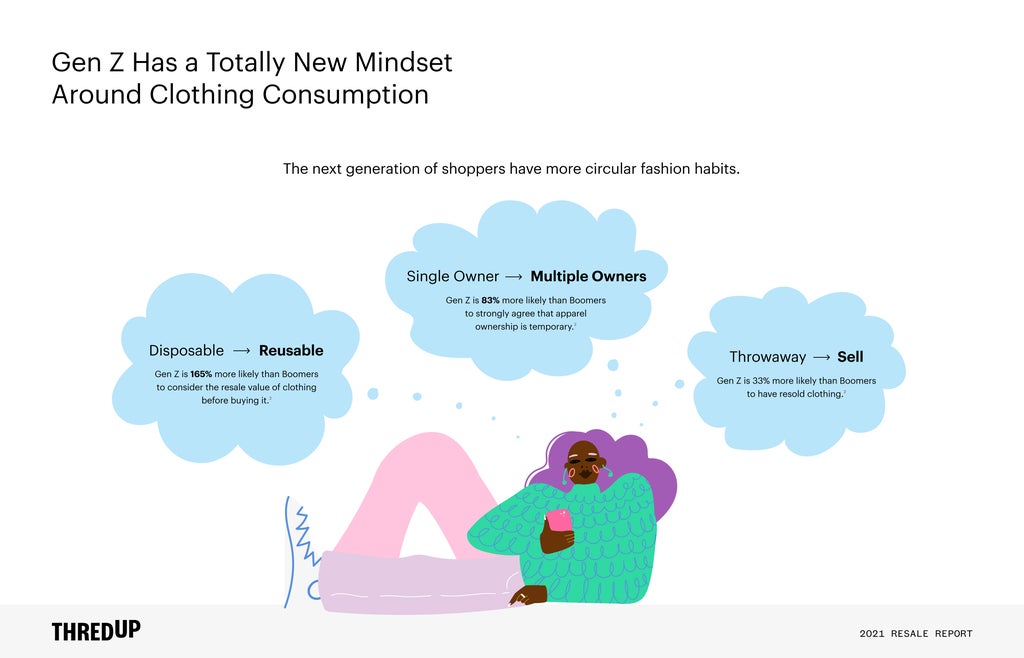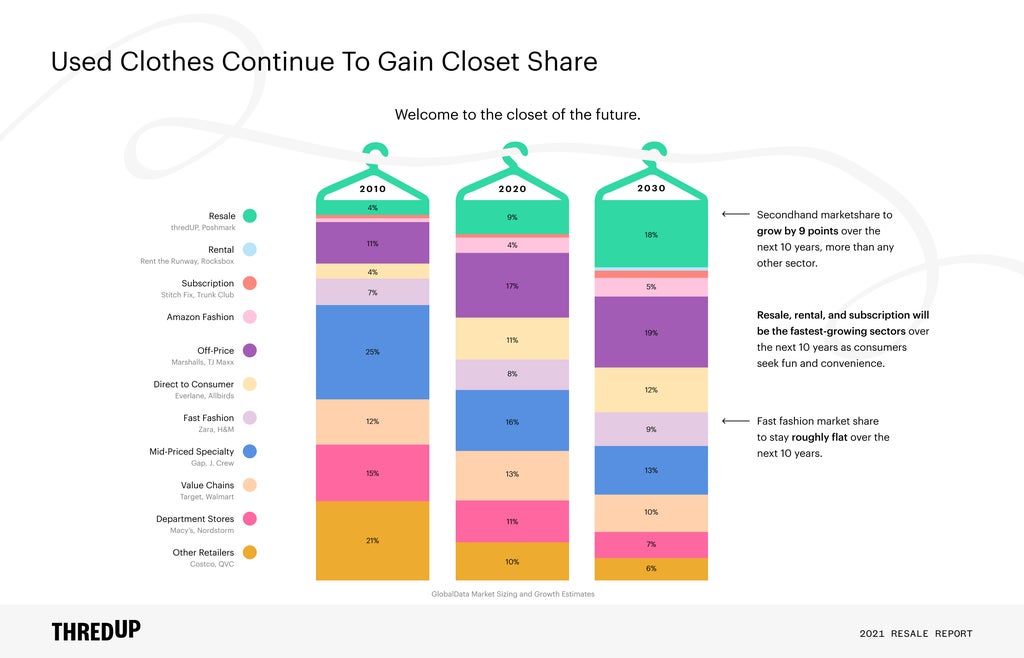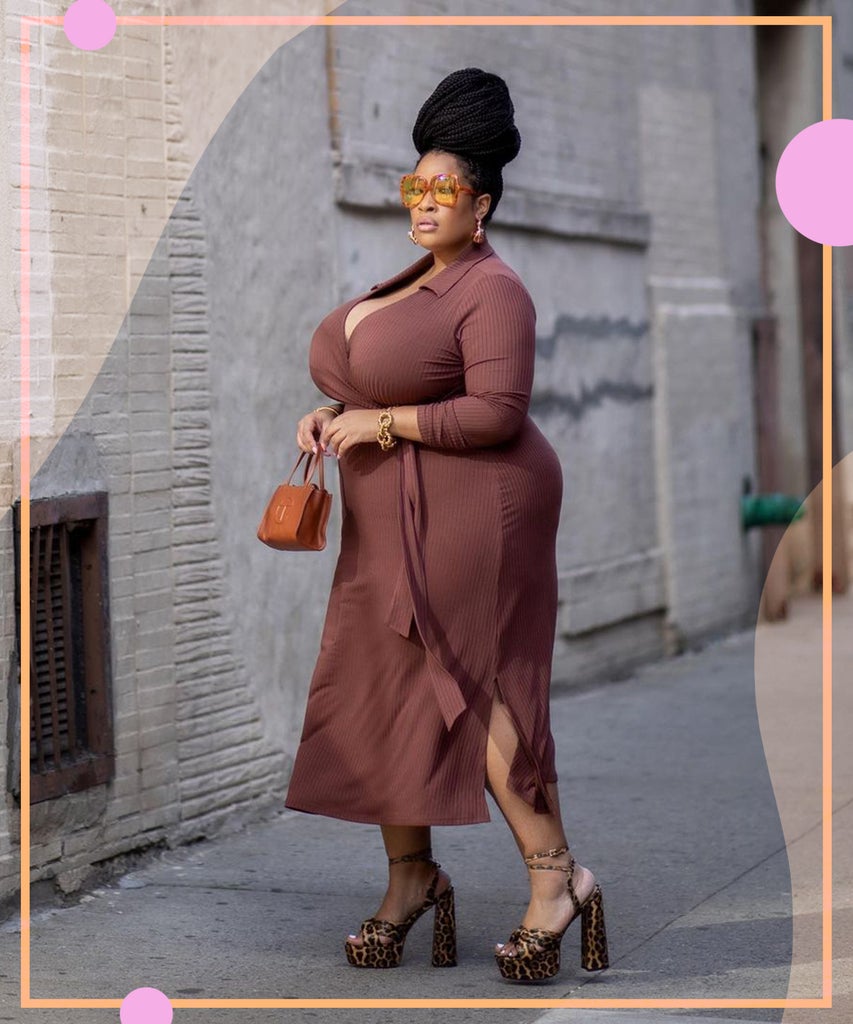Olivia Haroutounian knows good vintage. The 22-year-old University of Houston student has been sourcing clothing for as long as she can remember. Her mother, a vintage seller with an eye for ‘70s and ‘80s designers like Norma Kamali and Donna Karan, introduced her to the craft. “I didn’t really like it at first,” Haroutounian tells Refinery29. “She’d take me to estate sales and garage sales and I’d always beg her to take me home.” And yet, by the time she was in her preteen years, Haroutounian was hooked. “I realized that I didn’t like any of the clothes around me, and I had access to all these vintage clothes that didn’t look like anything else out there, so I started collecting,” she says.
During her senior year of high school, she began selling her rare finds online. According to Haroutounian, it was during a closet clean-out that her friends suggested she start a Depop shop to cash in on her hard work. “At the same time, I was racking my brain trying to figure out how I was going to pay for college — my parents didn’t have the money for it,” she says. “I uploaded everything and did surprisingly well.”
It stuck. While pursuing her undergraduate studies and simultaneously working two additional jobs, she built up a following of 30,000 loyal Depop followers. “It got to the point that I was like, Well, I don’t really need to work [the other jobs] anymore,” she says. That’s when she began selling on Depop full-time, sourcing late-’90s-era pieces, like the naked dress Carrie wore in Sex and the City and handbags by designers whose names are likely unfamiliar to even the most knowledgeable of fashion people.
Eventually, she bid farewell to Depop and launched her own e-commerce site. By the time the burgeoning entrepreneur joined TikTok in January, posting videos in which she dissects SATC fashion wardrobes and personally models the obscure fashions that make up her latest drop, her fate, as not only a successful vintage seller but an up-and-coming social media phenomenon, was sealed.
“TikTok has been really great,” she says. In the five months since she launched her page, @reallifeasliv, on the Gen-Z favorite platform, she’s garnered more than 11,000 followers and 129,000 likes. There, she shares everything from the inspiration story behind Norma Kamali’s famous sleeping bag coat to the history of Joey & T, an early-aughts brand founded by two of Britney Spears’ stylists that Paris Hilton famously modeled for. Well, that, and truly every iconic look from SATC.
The young entrepreneur absorbs these tidbits of information as if by osmosis, a result of scanning old books and magazines, meticulously studying the archives of Getty Images and Firstview — she started at the oldest runway collection on the stock image site and is now in the process of combing through each one, year by year — and spending countless hours at thrift stores for the last two decades. Her collections benefit from her in-depth research; customers come not only for the goods but the clever captions and their author’s finely honed curatorial skills.
As selling vintage becomes more and more popular, sourcing known brands becomes tenfold more difficult. Haroutounian has come up with a workaround. She focuses on niche brands with hardly any mainstream recognition — designers that she theorizes didn’t find mainstream success because “they were too nice” in an otherwise extremely cut-throat industry. Think: Senegalese Paris-based designer Lamine Badian Kouyate’s Xuly Bët, shuttered East Village label Michael and Hushi, British design duo Antoni & Alison, and other mainstays in the underground ‘90s fashion scene. Haroutounian has recently become “obsessed” with The Virgin Suicides director Sofia Coppola’s long-defunct first label Milk Fed, and she’s been shilling a lot of vintage Anna Sui tees.
She’s begun sourcing from Europe, where the market isn’t quite as saturated as the U.S. No matter where she’s on the hunt, though, her rule of thumb will always be the one her mom taught her as a budding thrifter: Don’t overlook a single item. “Being at thrift stores all the time with [my mom,] she always told me to really look at everything: Look at the label, feel the piece, and you might surprise yourself,” she recalls. This mentality is what allowed her to notice a dress that happened to be the work of Coty Award winner Giorgio di Sant’ Angelo. She bought the dress for $15. The same one is currently in the collection at The Metropolitan Museum of Art in New York.
Haroutounian’s personal collection also includes a John Lennon and Yoko Ono “War Is Over” shirt from “around 1981” that she scored for $0.25. The same shirt is currently listed on eBay for $1,600. Chanel, Vivienne Westwood, and Chloé pieces — all from the ‘80s, ‘90s, and ‘00s — have also made it into her vintage treasure trove. During an hour-plus long Zoom chat, Haroutounian sat on her bed and played a game of show-and-tell with Refinery29. She trotted out prized possession after prized possession, from ‘90s Prada — “I collect pieces from the spring/summer 1996 collection. Miuccia Prada is a genius,” she says, proffering a mini dress from the collection — to a tent dress from legendary French designer Chantal Thomass, under her first label, Ter et Bantine (Haroutounian likens the aesthetic to the contemporary work of CFDA-winning designer Christopher John Rogers).
She credits much of her success to people’s interest in lesser-known brands like that of Thomass. It helps that so many people are bored with mainstream fashion right now. “It’s really refreshing to see things that you’ve never really seen before,” Haroutounian explains. These days, with the rise of social media, a lot of what made fashion so interesting — mostly, its ability to showcase a person’s individual characteristics and aesthetic preferences — is gone. On Instagram and TikTok, the most distinctive dressers are the ones copied the quickest, and their once-unique sense of style is replicated in the time it takes to hit share. Fast-fashion brands that spurt out trends twice a week then feed on that, making millions off of a few peoples’ originality.
Because of the copycat economy, some of fashion’s best-dressed names go to Real Life As Liv for pieces no one’s ever seen before. Rarely does she disappoint. Her followers include model-designer Ella Emhoff (aka Kamala Harris’ step-daughter and the First Daughter of Bushwick), model Gabrielle Richardson, and the famed Miuccia Prada fan account @whatmiuccia. According to Haroutounian, Instagram darling Devon Lee Carlson, who founded the phone case brand Wildflower Cases and is BFFs with Bella Hadid, is a regular customer.
Next on Haroutounian’s to-do list? A podcast with the obscure designers she stocks at Real Life As Liv. The hope is that by bringing their stories — and clothes! — to the forefront, these sleepy labels can get a second wind with a younger audience that’s desperate for fashion that feels different. “People are actively seeking something new.” In this case, what’s new just happens to be old.
Like what you see? How about some more R29 goodness, right here?
It's Time We Made Vintage Shopping More Inclusive
Your Online Thrifting Questions, Answered
Experts Weigh In On Shopping For Vintage Online
